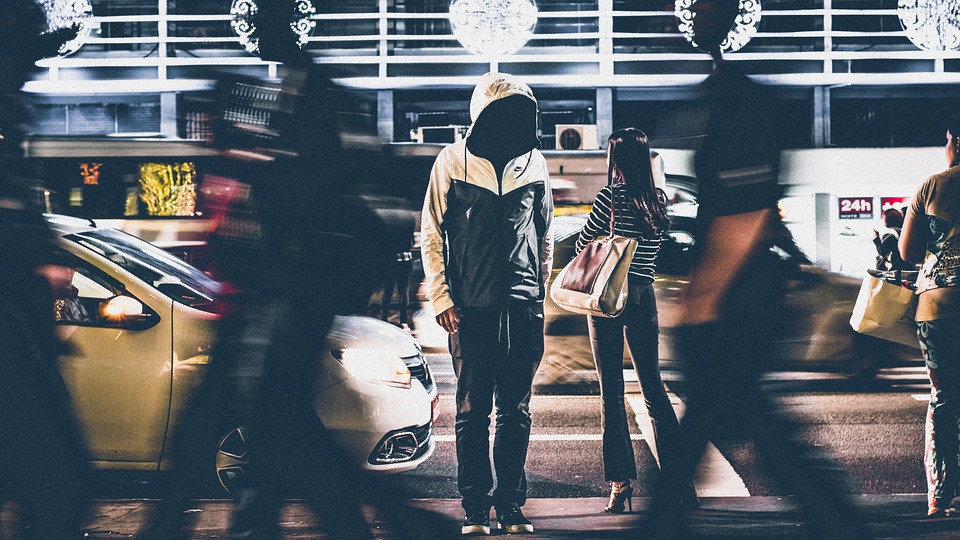
In April 2016, after what felt like an eternity of persuading my parents, I finally bought the Adidas Ultra Boost 3M LTD. Although I was originally never a fan of sneakers, my friends, who were sneaker fanatics a.k.a. “sneakerheads”, had influenced me to become knowledgeable about sneakers and their history. At the Adidas flagship store in Guangzhou Grandview Mall, I paid 1499 RMB (236 USD). During the first few months after the purchase, I took care of my new sneakers with affection.

Yet, as time passed and my interest in sneakers declined, I shoved my once-beloved sneakers in the closet and left them there for a year. Then, recently, from curiosity, I visited the U.S. online sneakers website, Flight Club, and searched the price of the Adidas runners that I bought in 2016. The price became $800 USD. How did this happen?
Anyone who knows a few things about economics probably recognizes the relationship between supply and demand. High demand results in low price. Low supply results in higher price. The price of a product with high demand and low supply will naturally skyrocket. This is the reason why luxurious fashion apparel brands such as Gucci, Louis Vuitton, and Supreme are expensive; they are extremely wanted by people but are also low in availability. Even with this exorbitant price tag, people continue to open their wallets and pay for them.
The culture which provoked the public to spend money on fashion apparel is the primary reason for people to buy luxurious goods. When celebrities or athletes (such as Kanye West or LeBron James) wear something and it appears on social media, people start going crazy. Items that used to be moderately priced become “hyped”, and people will jump on the hype to wear the market’s trendiest products. Peer pressure also played a big role in invoking the “hypebeast” culture among people. Teens and even adults all over the world are pressured by their friends or the environment to buy more sneakers and clothes. This tradition of buying expensive products does not seem likely to halt in the near future.

In AISG, there is a handful of these “hypebeasts”, a term used to indicate people who follow the trend and collect expensive shoes and clothes. Brandon Lee, a sophomore, talks about his hobby of collecting shoes, which began from his elementary school years. “When I was in 4th grade, my dad bought me a pair or Jordan 11’s. Since then, I began to collect shoes from my free will. My friends also liked buying sneakers, so we naturally competed to see who had more expensive shoes.”
He continued to discuss his interests in sneakers today. “Even when I’m old, I will probably continue to buy sneakers. Just like how there are millions of adults out there who have closets for sneakers, I’ll probably end up like them too by the time I become an adult. It’s just so fun to appreciate all the sneakers I started to collect from my youth. For each of them, I remember when I bought them and the story behind them.”

Another connoisseur of expensive products in our AISG community, Henry Ye, a freshman, talked about how he jumped into the “hype” game and what he thinks of the “hype” culture. “My mom first introduced me to clothes like Bape and Supreme. When I was young, we would go shopping together, and we would stop in front of those stores. She bought me the clothes and I wore them. Nowadays, I would just go by myself and use WeChat Pay to buy the clothes and shoes I want. To be honest, I don’t think people should buy expensive items if they do not have enough money. The culture of buying luxury goods is definitely harmful to people. It would cause isolation and self-inferiority for teens, so I don’t think this culture should continue. No one should buy those items unless they have enough money or they earn their own money.”

In AISG, there are also students who disprove the culture. Sophie Morais, a sophomore, said, “Even if you wear the same thing that celebrities wear on TV, you are not going to be that person who you’re trying to emulate. If you don’t have the money, you definitely should not get the product, and instead buy a fake. If you have the money, you can purchase it, but the happiness from buying it will be a momentary pleasure–the pleasure and the product are going to soon wear out. Still, if a product is endorsed by your favorite idol and the price is reasonable, you can buy it. If you feel happy owning a pair of shoes or clothes and you won’t regret it, by all means, you should get it. I, as a fan of Post Malone, would definitely get albums and merchandise from him.”
This “hype” culture, which first started in America, became widespread, inducing China, one of the biggest market in the world, to step in the “hype” game. On the streets, Chinese people often wear famous clothes and shoes from Bape, Jordan, Nike, and Gucci, although we cannot guess whether they are real or fake. As hiphop and basketball are becoming more and more famous in Asia, the culture of “hype” chasing will probably continue and become even more common among the people.